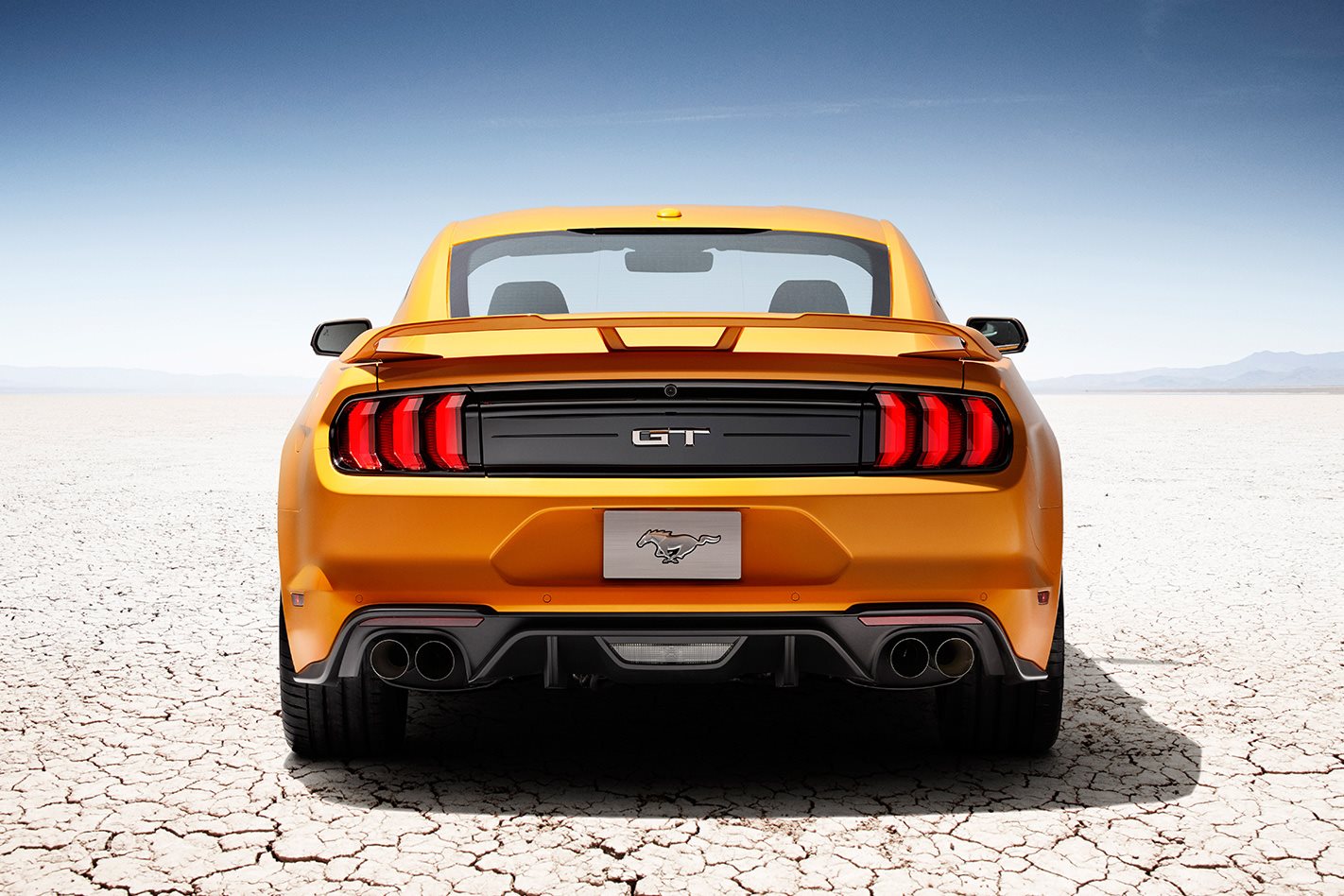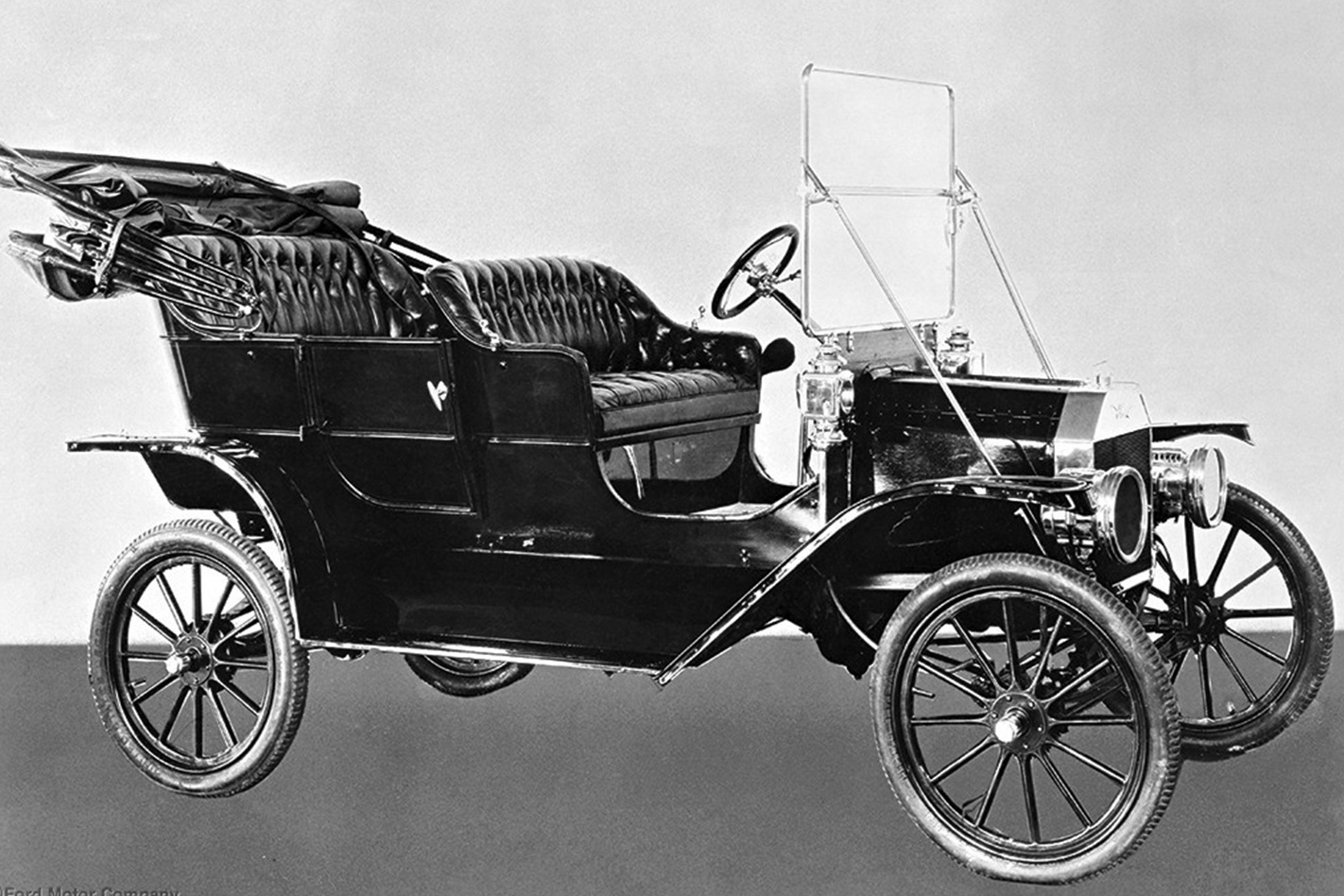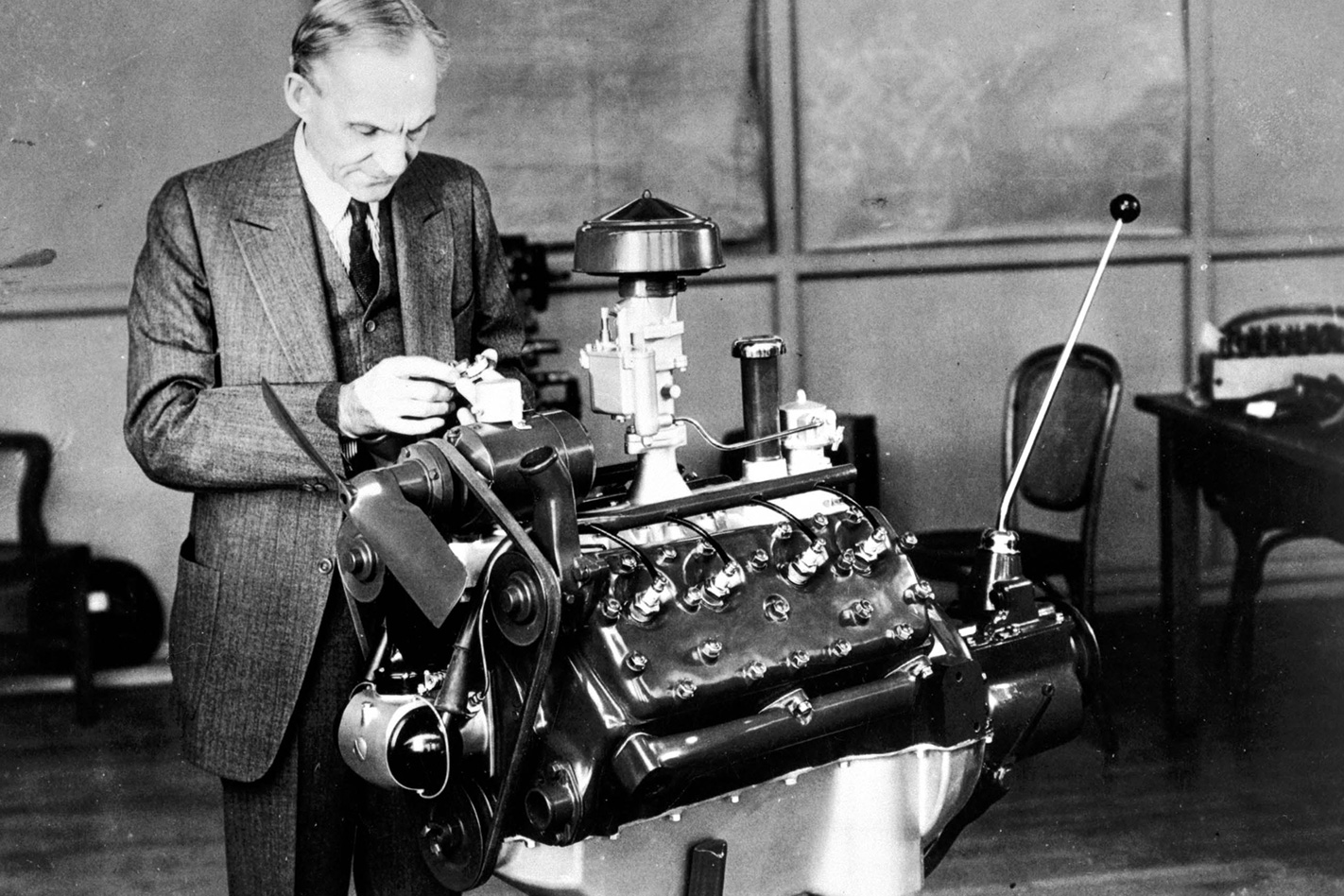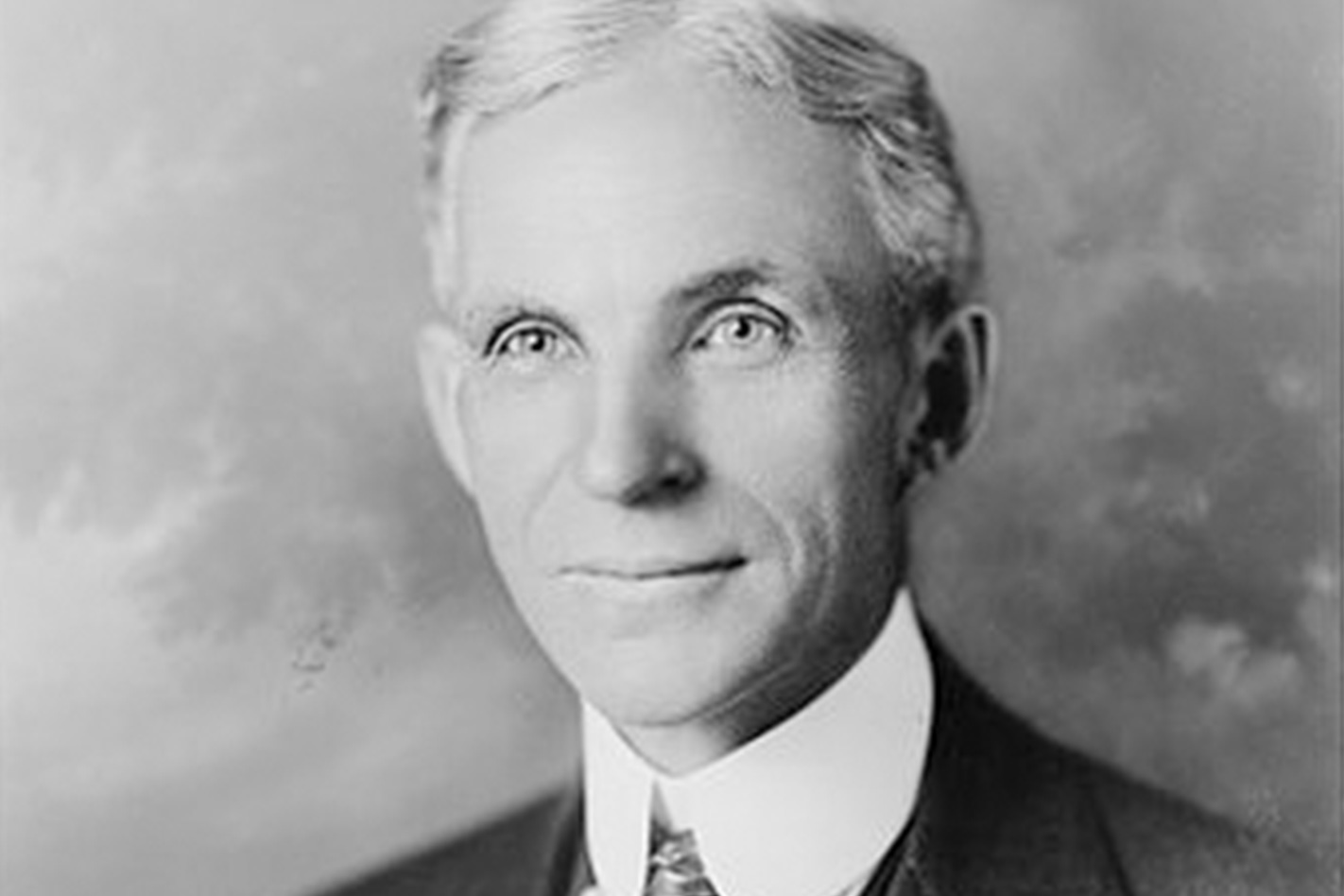
In our Fast Facts series, WhichCar delves deep into the history of automotive brands to bring you fascinating facts and intriguing information.
Here we focus on Ford, the company that pioneered mass-production manufacturing in the early 20th century with the Model T – going on to produce some of the world’s most iconic and most popular cars, including the Australian-built Ford Falcon.
FORD-ING AHEAD
Fords were sold in Australia just a year after Henry Ford founded the Ford Motor Company in 1903. An Australian subsidiary was established in 1925, based in Geelong, Victoria.
MASS PRODUCTION, DOWN TO A T
There was an automotive industrial revolution in 1913 when the Ford Motor Company pioneered the moving assembly line at a plant in Michigan. Production times for the Ford Model T were reduced dramatically to just 1.5 hours – helping to put cars into the reach of more than just the privileged with a relatively affordable price tag of US$260. The Model T reached 15 million sales across a lifespan that ended after nearly 20 years, in 1927.

FOLLOWING THE SCRIPT
The handwritten-style font of the ‘Ford’ logo debuted in 1907; two decades later, the essence of today’s famous badge was completed when it became surrounded by an oval on the 1927 Model A.
KANGEROO CHASERS
When a farmer wrote to Ford Australia in the early 1930s asking for a car and truck body-hybrid that could take him to church on Sunday and his pigs to market during the week led to the birth of the ute in 1934. It was based on a Ford V8 Coupe. They became nicknamed ‘kangeroo chasers’ in the US, where utes – or trucks as they became known there – proved to be immensely popular, epitomised by the best-selling model from Ford itself, the long-running F-150 series.
VEE-EIGHTS
A great lineage of Ford V8s began with the ‘flathead’ in 1932, which ran for 22 years as it appealed to buyers looking for more powerful engines – and inspired a legion of hot-rodders.

THUNDERBIRD
The first of two Ford icons to debut across a 10-year span was the 1954 Thunderbird. The two-door, V8-powered model – with hard or soft top – was pitched as a personal luxury car rather than a sports car. Although, it became less personal when rear seats were added four years later. Fortunately, Ford didn’t go with some of the early naming options, which included Beaver. It was an immediate hit. Successive generations ended in 1997 due to declining sales, before the nameplate was revived in 2001 for a retro-inspired model, though it lasted just four years.
MUSTANG
Exactly a decade after the birth of the Thunderbird, the result of Ford’s search for a more youthful model was displayed at the 1964 New York Fair. The concept was based around a long bonnet (to suggest power), a short rear deck, four seats, and a sub-US$2500 price tag. Inspiring the ‘pony car’ class – a new breed of compact US muscle cars – 1968 film Bullitt helped to cement a legend, when Steve McQueen, as detective Frank Bullitt, smoked up the streets of San Francisco taking on the bad guys. The sixth-generation Ford Mustang was released in the nameplate’s 50th anniversary year (2014) and was Australia’s best-selling sports car in 2016.
FALCON
The Mustang was based on the chassis of America’s best-selling Ford of 1960, the Ford Falcon sedan. That same year the Falcon was launched in Australia – paradoxically based on the US Mustang – where it would also become a local icon, and spark a famous rivalry with the Holden Commodore. Notable generational models included: the mid-1960s XP made famous by a widely publicised 112,000km durability run at Ford’s You Yangs Proving Ground; the following XR that introduced the desirable GT variant; the XY forever remembered for the legendary GTHO Phase III; the strong XA-XC series of the 1970s, which also include hero models such as the XC Coupe Cobra; and the 2002 BA that spawned the XR6 Turbo performance sedan and the only SUV to have been built in Australia, the Falcon-based 2004 Territory SUV.

TAKE THAT, FERRARI
When Enzo Ferrari made a late decision to turn down a Ford buy-out approach, the US car maker got mad, and then it got even by building the 40-inch-high GT40 race car that ended Ferrari’s six-year Le Mans running streak with its own period of dominance. The GT40 won the famous French endurance race from 1966 to 1969.
RS PERFORMANCE
From 1968 with the 15 M RS Coupe, Ford of Europe became a specialist at turning its successful mainstream models into performance car legends that wore an RS – for Rallye Sport – badge. Renowned models came to include the likes of the Escort RS1600 and RS2000, the Sierra RS Cosworth (which in RS500 form won the 1988 and 1989 Bathurst 1000 races), and the Focus RS, which is sold today in third-generation form.
‘ONE FORD’ KILLS FALCON
Former Boeing boss Alan Mulally introduced the One Ford policy in 2008, which aimed to globalise its models, ending the company’s approach to building different cars around the world for same vehicle segments. While it was denied at the time, it effectively signalled the end of the Australia-only Falcon large car.
EXCESS PAG-GAGE
Over five years from its inception in 1999, Ford’s Premier Automotive Group (PAG) expanded to comprise the Aston Martin, Jaguar, Land Rover and Volvo brands. Mulally considered them a distraction to the priority of making Ford profitable, and by 2010 all had been sold. Aston went to a consortium in 2007, Jaguar and Land Rover were sold to India’s Tata Motors the following year, and two years later Volvo ownership changed hands to China’s Geely.
NEW LOCAL ERA
Ford Australia announced it would cease local manufacturing in 2016. It ended production of the Falcon after 56 years, as well as its landmark spin-off SUV, the Territory. The company remains the country’s biggest automotive employer, however, establishing itself as an Asia-Pacific design and development hub for the Ford Motor Company’s global operations. Models it has helped develop so far for Australia and other markets include the Ford Ranger ute and the related Ford Everest SUV.




